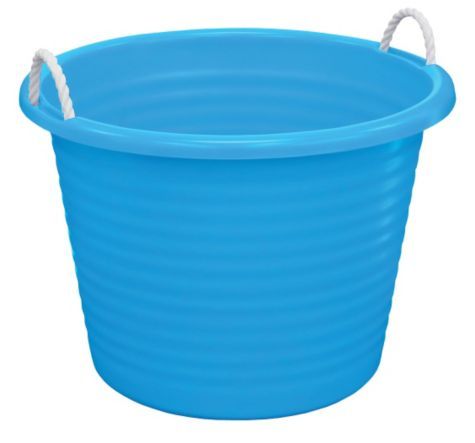The issue is that I have no way of controlling the fermentation temperature. Generally I just leave my 5 gallon Ale Pail bucket in my kitchen. I can leave it outside, but that means the temperature will fluctuate significantly.
an issue that you can solve by writing a check is not an issue, it's an expense. for under $100 you can control your temperature (non-summer temps in a cool-ish climate), so just do that. An inkbird thermostat/temp controller and one of the wrap-around warming jackets and you're set. I put a tshirt over that and set it in the garage (never gets above 55 from october through april here). Fermentation temp makes a pretty big difference in the flavors of authentic bavarian hefeweizen. I don't know if it makes a difference in american style wheats, and I don't care because they suck stale dogbathwater, but after 6 years in bavaria I developed a taste for their style of beer, so that's what I make.
If you like the bavarian beers, I recommend trying both the authentic weihenstephan (3068) strain, as well as the boringazz bavarian strain, and see what you prefer. In my experience, 64-68 degrees fermentation temp will produce a delicious beer with all the characteristics of authentic bavarian beer in varying degrees. Below 64 I found I didn't get much of the spicy clovey esters that I like. Above 70 and you can start to get a little too much bubblegum and banana, but it's still perfectly drinkable to me.
What I did before I stopped being such a scottish frugal cheapskate was put one of those thermometer tapes on the bucket, and just set it in the garage for a couple hours if it got too close to 70 degrees. we usually keep the house in the 65-68 range, and the corner of the laundry room is a bit cooler if I close the heater vent, so between the kitchen, laundry room and garage, I could monitor the beer and keep it just under 70 degrees. I would love to have that time back tho, so I recommend just spending the coin on the temp controller and heater jacket. then you can just set and forget, and spend the extra time drinking beer, making out with your wife, reloading pistol ammo, doing yardwork, or whatever your thing is.
If you refuse to use liquid yeast (which don't really require any more muss and fuss than dry), I would at least try a dry yeast that claims to be similar to the real bavarian yeast. Mangrove Jacks M20 *sounds* like it's barking up the right tree, but I have never used it. I have only ever used the wyeast 3068 and the 3056 (one time only, because 3068 is so much better and so much more authentic). Honestly you will have acceptable results with liquid yeast even if you don't make a starter. Then when you bottle, save a cup of the slurry at the bottom for the next batch. I pour it into a sanitized mason jar, put a little saran wrap over the top, and set it in the fridge for a week or so until a brew again. Takes up only 5-6 more cubic inches than a dry yeast packet, and if you reuse it just one time, it costs less than dry yeast.


